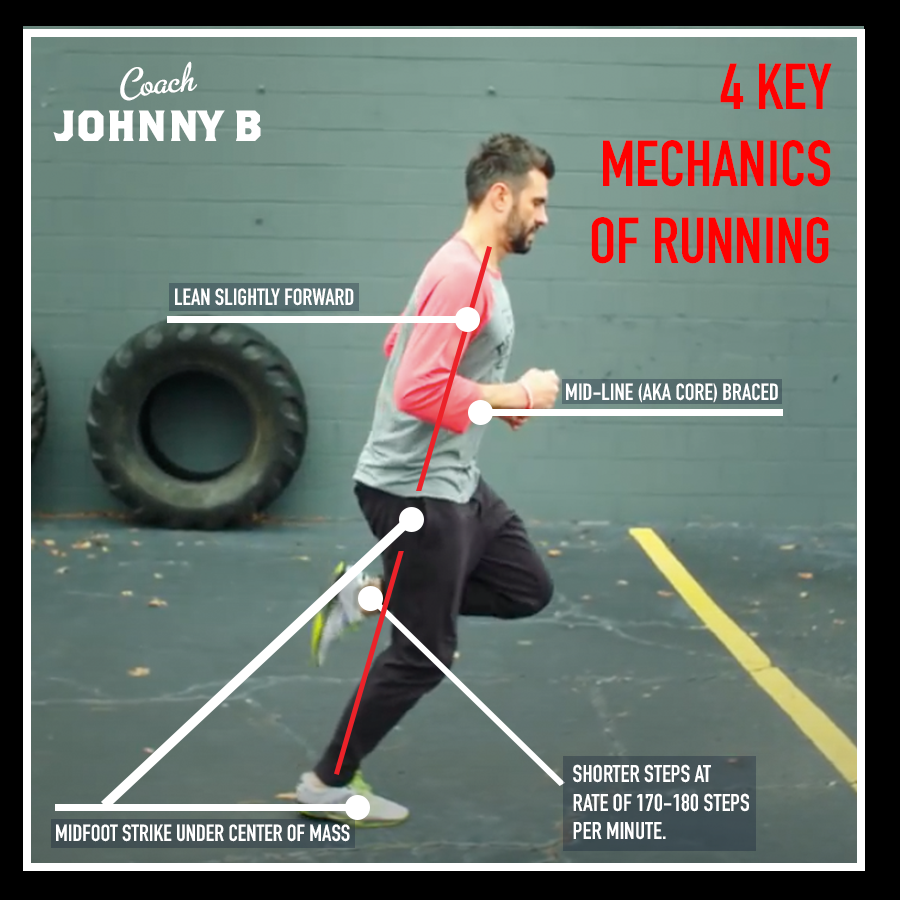Running is quite possibly the most complicated thing we do as humans. Fast locomotion of our bodies over distance requires the orchestration of joints moving, muscles contracting, and stabilizing. Nerves are messaging to create contraction and relay information about the body’s joints in space, the status of the biochemical soup, and so much more. Couple that with an intense demand on both the energy systems and cardiovascular and respiratory, and it’s not a surprise that most people reading this are not great at doing it and often get injured while doing it.
The irony of this is that running is one of the most important things we do as humans. Evolutionarily speaking, we are hunter-gathers. Our ability to move long distances and relentlessly track prey efficiently was a substantial piece of why we could consume enough calories to let our brains evolve to the point where we can create weapons, etc. Saying it another way: when you lose the ability to locomote your body, you move down the food chain fast.
Because running has such complex biomechanics and it’s so important, thousands of scholarly articles and books have been written on the correct way to run fast and avoid injury. Trying to tackle them is a lifetime of reading, which most of you don’t have time or the attention span to do. Luckily I have spent the last decade reading the literature and putting it into practice, and I have distilled all of this thought down into four principles that you must do to be a fast, injury runner.
- Posture: You need to keep an upright posture, leaning slightly forward from the ankles. A common mistake is bending forward a the waist. These research articles support this principle.
- Core: Stabilize your “core” by actively contracting all of the muscles around your spine. Do not suck in like a yogi. You should be making your middle slightly hard like you were preparing to take a punch.
- Stride: Take shorter steps, in higher frequency, at 170-180 steps per minute. The best way to develop this practice is by using a metronome. At first, it is VERY awkward, but once you get the hang, it leverages your foot’s natural springs and makes it almost impossible to mess up #4, which is…
- Strike: Land on your midfoot, with your foot at your center of gravity (aka center of mass). Every time you heel strike or land with your foot out in front of your body, it’s like slamming the brakes on. It also severely overloads the tissues around your knee and creates issues like runners knee and IT Band syndrome. While running exclusively on your forefoot will cause Achilles tendon issues and ankle problems.
To practice these, the best thing you can do is…run while jumping rope. Seriously, get a jump rope and run. It fixes everything wrong. Once you can do that for a mile, drop the rope and move back up the food chain.
Research That Went Into This Article
https://pubmed.ncbi.nlm.nih.gov/32813597/
https://www.nature.com/articles/nature08723
https://www.ncbi.nlm.nih.gov/pmc/articles/PMC7039018/
https://www.ncbi.nlm.nih.gov/pmc/articles/PMC6088121/
https://www.tandfonline.com/doi/abs/10.1080/02640414.2014.962573
https://europepmc.org/article/med/29614001
https://academic.oup.com/milmed/article/181/6/512/4158276?login=true
https://www.thieme-connect.com/products/ejournals/abstract/10.1055/s-0033-1363236
https://www.tandfonline.com/doi/abs/10.1080/02640414.2011.610347
https://journals.lww.com/nsca-jscr/fulltext/2009/01000/does_core_strength_training_influence_running.22.aspx
Ready To Run by Dr. Kelly Starrett
The Pose Method of Running by Dr. Nicholas Romanov
Natural Running by Dr. Danny Abshire
ChiRunning: A Revolutionary Approach to Effortless, Injury-Free Running

